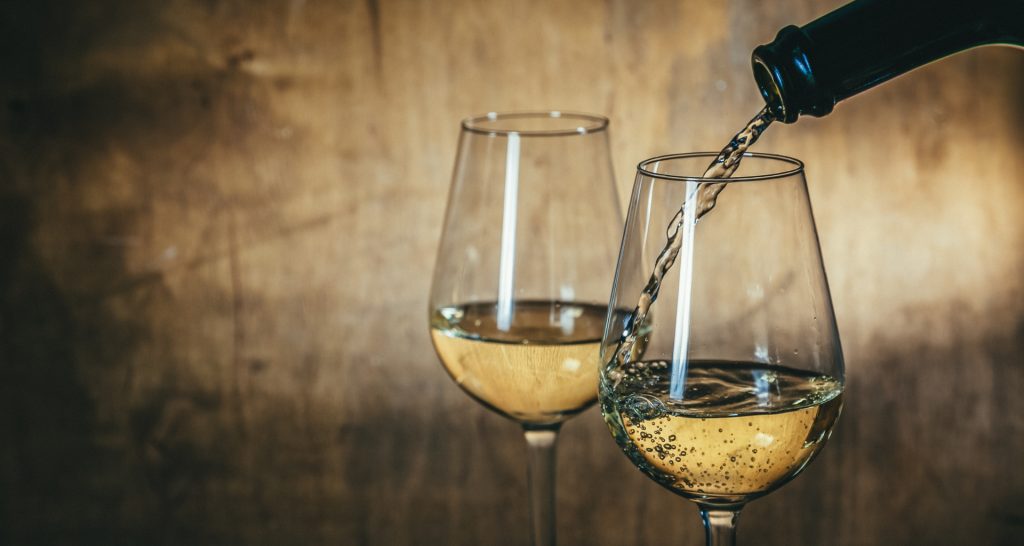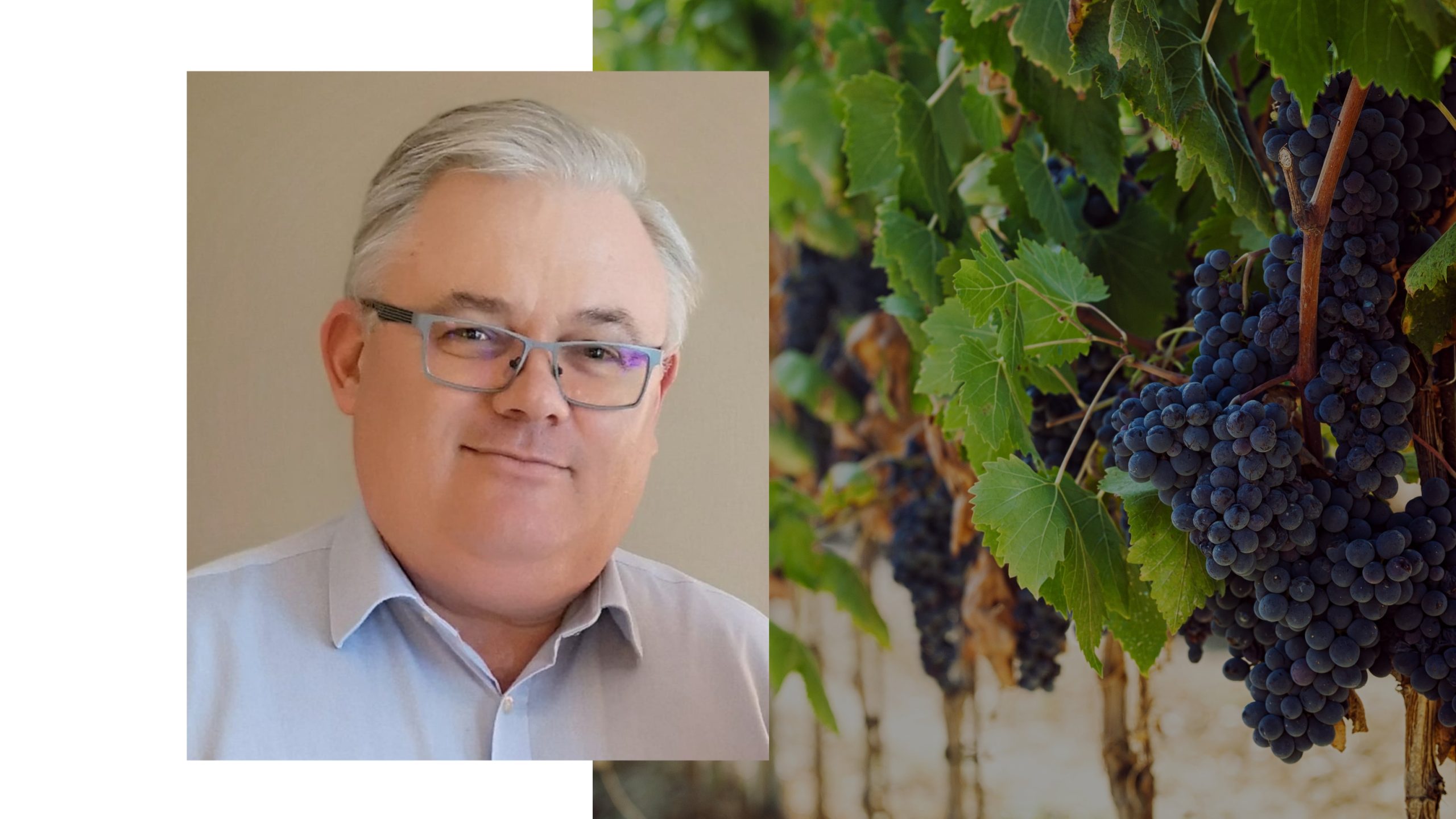Before wine, there was must. And before must, there were grapes.
Those grapes from the vine that shaded the garden and the south-facing window of the house, always keeping it cool during the summer.
Those grapes that, toward the end of summer vacation, began to fill the yard and the house with their fragrance. And which we would eat selectively before they were harvested and ended up crushed and then pressed. And from a press, it would slowly flow – that magical liquid we timidly tasted from a small metal mug.
After a few weeks, just before the winter holidays, we awaited the first miracle before the birth of the Christ child – the transformation of must into wine. A solemn moment, when the quality of that year’s wine was evaluated. Better or less so, it was our wine, and we were proud of it either way. All winter long, it was a topic of stories, especially if, well chilled or mulled with cinnamon, it stirred conversations on its own.
I lived my childhood and adolescence with this ritual of homemade wine. From time to time, I’d hear strange words from the grown-ups – like "Cabernet," "Merlot," "Fetească" – all of which seemed to describe a world far, far away.
After the student years – the beer years, par excellence — and the tumultuous 1990s, bottled wines started appearing in shops. I began to explore up close those curious words.
But what mattered most was my repeated stays in France during my PhD and the awe-filled discovery of so many flavors, colors, temperatures, tastes, blends – but especially the endless stories about wine, the fine harmony between wine and meat, the never-ending debates about wines from the French regions, the differences between Côtes du Rhône, Burgundy, Bordeaux, Provence, and the various Bordeaux varietals… But I mustn’t forget: as a doctoral student in Strasbourg, I learned through tastings from my professors and colleagues to appreciate the especially seductive Alsatian white wines (Riesling, Pinot Gris, Gewürztraminer, Muscat, Sylvaner…) and that unique Pinot Noir that honors Alsace. All of them in those unmistakable slender and graceful bottles, reminiscent of ballerinas.
Since then, everything has been an endless story of discovery – especially of Romanian wines. After spending several years abroad, one of my greatest joys post-2020 has been the hedonistic, even Dionysian at times, exploration of the new Romanian wines – a joy I never skip, whether during weekly shopping, dining out, or at gatherings with friends where we introduce each other to the latest wines discovered on the market.
Wine is the sixth sense through which the world and others can be discovered in infinite ways.

About the Author
Prof. Dr. Ciprian Mihali – Director of the Department of Philosophy at Babeș-Bolyai University, Cluj-Napoca.
From 2016 to 2020, he served as the Director for Western Europe in Brussels at the Agence Universitaire de la Francophonie. He is the author of nine individual books and coordinator of nine collective volumes, and has translated over 25 philosophy works into Romanian. He has been honored by the French state with the Palmes Académiques (2012) and by the Romanian Academy with the Nicolae Titulescu Award for Excellence in Diplomacy (2017).
Wines of Romania Note
Alsace differs profoundly from the classic story of French wine, with its renowned châteaux and estates, and alchemic blends where infinitesimal proportions of one grape or another define a producer’s style and personality.
Alsace is somehow purer, with most wines made from a single grape variety (monovarietal/monocépage), and the taste, again, is vastly different from the white wines of Burgundy or Champagne. Sharing the Rhine River with Germany, Alsace has geography and soil more similar to the vineyards of western Germany, with which it also shares, to a large extent, the grape varieties.
Or, as the saying goes: you can take Germany out of Alsace, but not out of its wines…
About this column:
The Wine of Youth is a series of stories about the first wines that introduced us to this fascinating world – at the legal drinking age. Even if we no longer drink those wines today, or some no longer exist, they remain tied to some of the most captivating moments of our lives. After all, those years are, in many ways, the ones that shape us as individuals and define our values.
At Wines of Romania, we aim to rediscover these wines – and the values they represent – through your stories, retracing the journeys we’ve taken from then to now, both as people and as wine lovers.
We invite you to share your story with us at info@winesofromania.com.







